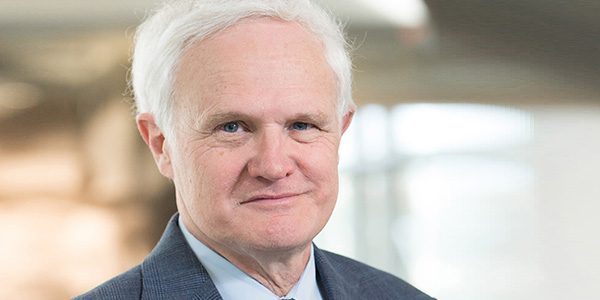INDIANAPOLIS – How patients and their healthcare providers communicate with one another outside the clinic or doctor’s office is changing. But how do patients and their physicians feel about email, cell phone and text interactions?
A new study led by Joy L. Lee, PhD of the Regenstrief Institute’s Center for Health Services Research compares these ways to communicate, concluding that the relationship the clinician has with a patient may have a greater impact on patient satisfaction than the technology used.
The study also provides insight into provider concerns, finding that physicians worried most about patients potentially missing urgent messages, as well as possible patient misunderstanding of information contained in electronic messages. Clinicians were also concerned about the amount of time they spent on electronic communication with patients, and about data security, although both ranked lower.
“It’s time that doctor and patient have a face-to-face conversation during an office visit explaining how each feels about electronic communication,” said Dr. Lee, an Indiana University School of Medicine assistant professor of medicine. “Patients can discuss their electronic access and their comfort level with getting information electronically. Physicians can share their own concerns with patients.”
Data for the study was obtained via a 16-question survey of 149 Mid-Atlantic primary care providers (internists, family medicine physicians and pediatricians) in community practice in 2012-2013 that was linked to provider satisfaction scores.
Use of a cell phone by clinicians to communicate with patients was higher than use of email. Fewer than half of the clinicians participating in the study used email to communicate with patients. But 70 percent indicated that they would use it to reply if a patient emailed them first.
The work was conducted in the year prior to clinic implementation of a new electronic health record system with secure patient-messaging capabilities. Although secure messaging, the function of an electronic health record which ensures that only patients and their providers can access the communication, was not a part of the study, there are implications for clinicians who use secure messaging and their patients.
“With the move to secure messaging by health systems and medical groups, it’s no longer just about adoption, said Dr. Lee. “It’s about how we address patient and physician concerns to make electronic communication work for both.”
“This study has several implications. For patients, that physicians would use email if prompted by their patients indicates patient power in patient-provider communications and that patients should be empowered to ask their providers about communicating electronically in a way that works best for both parties though few physicians will offer to unprompted. For providers, as patient use of electronic communication increases, they need to consider how best to communicate and deliver care electronically and overcome existing concerns,” the researchers wrote.
Ineffective or insufficient communication has been shown in previous studies to diminish patient satisfaction as well as adherence to physician orders. Patient-physician communication is often worse with patients with poor health according to Dr. Lee.
“The takeaway message about secure messaging? Physicians who have a stronger relationship with their patients and who let their patients know how to contact them either online or off may have better patient satisfaction than those who do not,” she said. “This is a conversation doctors and their patients should have.”
“Patient Satisfaction and Provider Use of Electronic Communication: A Cross-sectional Analysis” is published in the peer-reviewed European Journal for Person Centered Healthcare. Co-authors, in addition to the Regenstrief Institute’s Dr. Lee are Sydney M. Dy, MD, MSc; Steven J. Kravet, MD, MBA; Bimal H. Ashar, MD, MBA; Todd Nesson, BA and Albert W. Wu, MD, MPH. All are affiliated with Johns Hopkins University.
Dr. Lee was supported in part by an Agency for Healthcare Research and Quality National Research Service Award pre-doctoral institutional training grant (T32HS000029).
Media contact:
Cindy Fox Aisen
Regenstrief Institute
317-843-2275
caisen@iupui.edu
###









